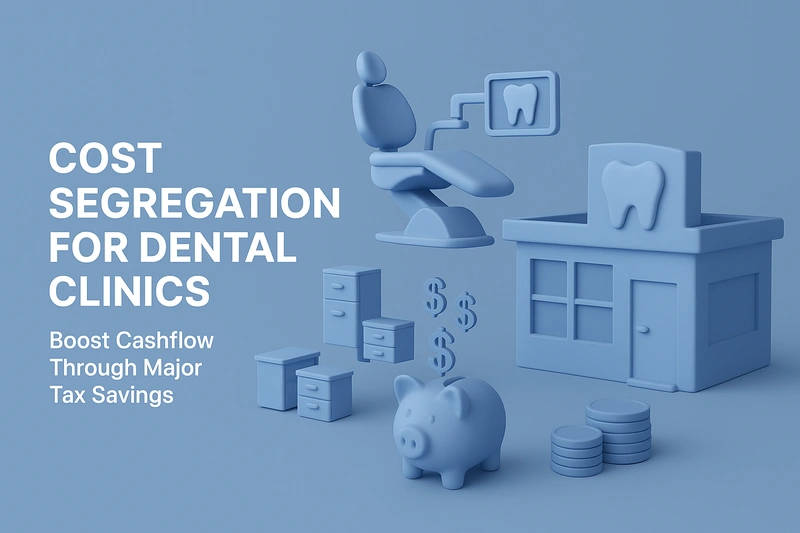Receiving a vacation home as a gift is a wonderful surprise. Many wonder, since the vacation home was a gift, can tax savings still be claimed using a cost segregation study to defer tax liability? The answer, in short, is yes. Cost segregation can still be used to determine depreciation and defer tax, but there are several factors to consider first:
- Was the property previously used as an investment or for personal use?
- What is the donor's adjusted basis in the property?
- Were any gift taxes paid during the transfer?
Before answering these questions, it is important to understand how receiving property as a gift affects your tax strategy. Here are some key points to consider:
Carryover Basis
When you receive a property as a gift, you assume the donor's adjusted basis, known as the carryover basis. It does not matter who paid for the property; what matters is that you own it for the carryover basis. However, if the Fair Market Value (FMV) is less than the adjusted basis at the time of the transfer, you would assume the FMV as the basis. If the basis is undeterminable by the donor and the IRS deems it impossible to determine from the donor, then the FMV at the time of the transfer will be used.
Internal Revenue Code §1015(a)
According to the Internal Revenue Code (IRC) §1015(a), if the property was acquired by gift, the basis shall be the same as it would be in the hands of the donor or the last preceding owner. However, if the adjusted basis is greater than the FMV of the property at the time of the gift, then for the purpose of determining loss, the basis shall be the FMV.
Additionally, the basis may be increased, up to the FMV of the property, by the amount of gift tax paid (IRC §1015(d)(1)(A).
Bonus Depreciation or Section 179 Property
It is important to note that tax incentives, such as bonus depreciation or Section 179, designed to promote investments and business activities, are not applicable to property received as a gift. To qualify for these incentives, the property must be acquired by purchase.
Placed in Service Date
When you receive a property as a gift, you essentially assume the depreciation schedule of the property, as well as the original placed in service date of the donor, as long as it was held as an investment property.
What if the Donor Used the Property for Personal Use?
If the donor used the property for personal use and you use it as an investment property, you will be able to start taking depreciation expenses on the property. The carryover basis will be the starting point for depreciation, and the date the property was made ready for its intended purpose (as an investment property) will be the placed in service date. While you will not be able to take any bonus depreciation, you can depreciate the property using cost segregation according to the Modified Accelerated Cost Recovery System (MACRS).
Conclusion
Understanding the Internal Revenue Code (IRC) surrounding property acquired by gift confirms that a property received as a gift is eligible for tax deferral produced by a cost segregation study.
When you receive the property:
- The donor's carryover basis in the property becomes your adjusted basis.
- The property does not qualify for special allowances of bonus depreciation or section 179 expenses.
- If the donor used it as personal property, the donor has not placed the property in service because it was not used to generate income.
- If the property was used as an investment property, you assume the original placed in service date of the donor.
Please note that this article is intended to provide an informative overview of the IRC surrounding property acquired by gift and should not replace professional guidance from a licensed CPA in your jurisdiction.
Written by Matthew Gigantelli, August 2023






